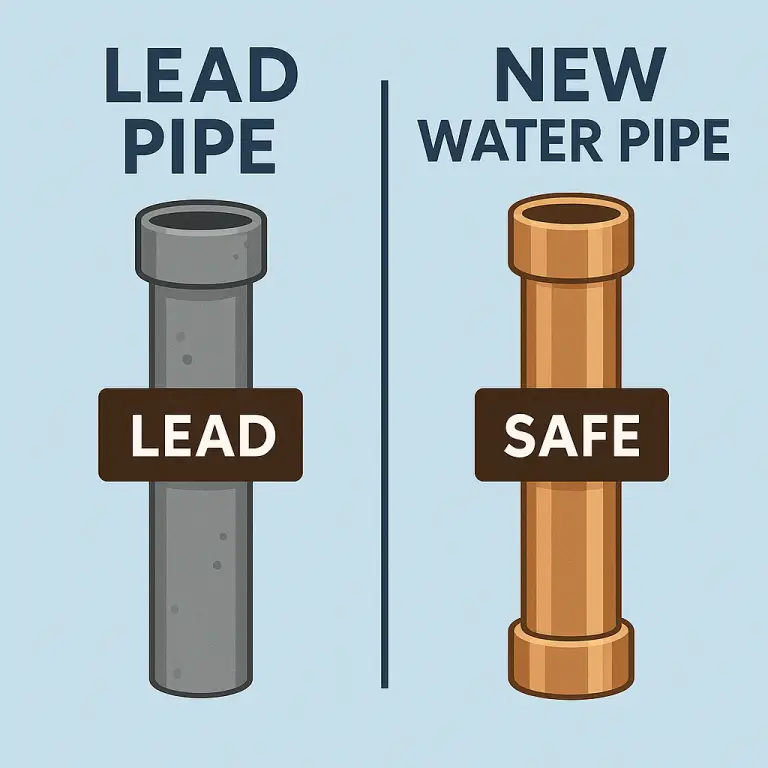
If your home was built before the 1950s, there’s a chance you’ve got lead water service lines connecting your house to the city supply. And if it was built before the 1980s, your interior pipes, solder, or fittings could still contain traces of lead.
That’s not just outdated — it’s potentially dangerous.
In this post, we’ll explain what lead pipes are, how to tell if you have them, and why so many homeowners across the GTA are choosing to upgrade to safer, modern piping with the help of UPR.
Lead was once a popular plumbing material — flexible, durable, and easy to work with. But today, we know that lead exposure is harmful, especially over time. Drinking water that passes through lead pipes or fittings can absorb tiny particles of lead, which may affect:
Brain development in children
Kidney and nervous system function
Blood pressure and cardiovascular health
Even low levels of lead in water can be unsafe. That’s why Health Canada and the City of Toronto both recommend replacing any remaining lead lines — immediately.
Most lead service lines were installed between 1900 and the 1950s, though some homes built as late as the 1980s may still contain lead solder or fittings. Here’s how to check:
Service line material: Look where the pipe enters your home near the water meter. Lead pipes are dull gray, soft (easily scratched), and non-magnetic.
Age of the home: If your house was built before 1955, and hasn’t had a full waterline replacement, you’re likely at risk.
Water testing: You can request a water quality test from the city or through a certified lab.
Still unsure? We can inspect your system for free.
UPR replaces lead service lines with high-quality, modern materials like Type K copper or HDPE (plastic), which are fully approved, durable, and safe.
Depending on your setup, replacement can include:
Excavation from property line to inside your home
Connection to existing or upgraded interior piping
City-side coordination if the public portion still contains lead
Full reconnection, testing, and cleanup
And in most cases, the job is done in a single day.
Some municipalities, offer financial support or cost-sharing programs for replacing lead pipes — especially if your neighbours are doing it too.
UPR can help guide you through the application and permitting process, ensuring your paperwork is in order and the work is code-compliant and properly inspected.
Replacing lead pipes isn’t just about safety — it also improves:
Water clarity and taste
Water pressure and flow
Property value and resale confidence
Peace of mind
It’s one of those upgrades that pays off for your health, your home, and your future.
Call 647-833-6743
Schedule a Free Lead Pipe Inspection
Serving Toronto, Etobicoke, Scarborough, North York & beyond